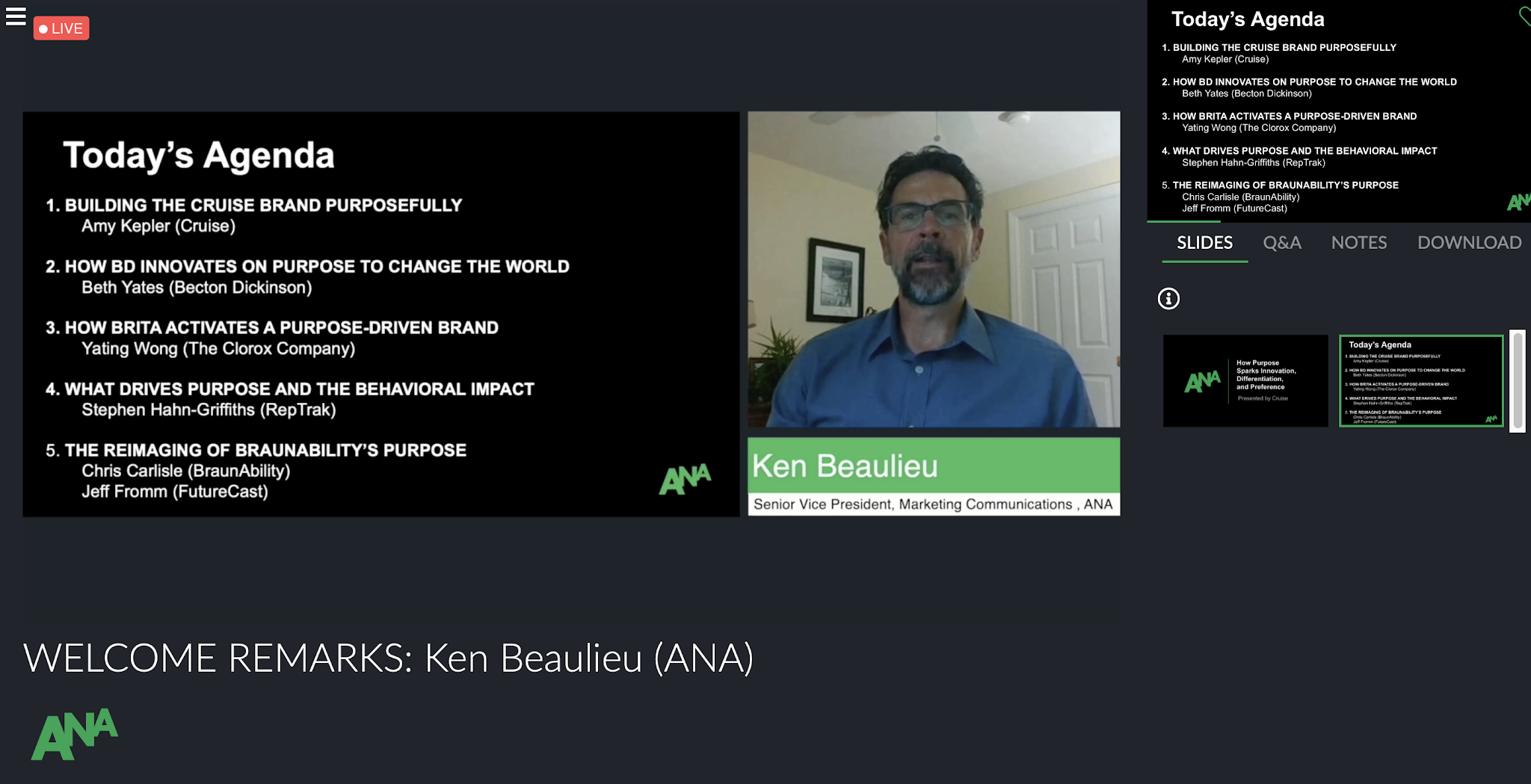NYC Media Lab | Jose Fresan
On September 26, the best projects on innovation in media and technology from the best Universities around New York City, came together at NYCCT to showcase their newest advancements in the NYC Media Lab annual summit. When people think about media, they immediately think TV, magazine, news, etc. the classic set of media, however the media labs brings together projects that tests and breaks the limits of what media means. From AI driven experiences to emotional response analysis software, NYC’s Media Lab brings together the newest game changing possibilities in media and technology. The event was divided into the main Keynotes program, workshops and a showroom.
Along the program many prototypes and start-ups were presented, including: an AI tool to process raw video footage of news stories sorting automatically elements of the story and putting them together. A prototype of an app to help make NYC subway stations accessible to people who are blind by using live subway and voice over technology. A prototype for a VR experience that provides wider access to visual testing.
The first keynote speaker of the day was Amir Baradaran, where he presented his iBEGOO project, which explores the future and democratization of AI. With his project he is trying to use all the new AI technology that’s being created by different big companies and create a user-friendly platform where anyone can learn to program basic responsive AI. As he puts it, the importance of democratizing AI is crucially to the healthy introduction of this technology to our society. In his words:
Ai can help us break the human centrist view of the world.At the event, Verizon presented some of the winners of their 5G EdTech Challenge, which challenged teams to create new media technologies that work with the powerful service of Verizon 5G. Some winner projects were: Unsung, An augmented reality story box, in it students can discover different statues and symbols of iconic people of color around the city with the use of AR. These projects was born as response for diversity in the media, since as put into words by one of the team’s members:
People are craving diversity in the media they consume.ESC: Project Blue Book, an AR Escape Room where players work together to discover clues and solve puzzles in order to accomplish specific goals. The game tracks the story line of Project BlueBook, a popular History series based on a true UFO story. And finally, the Towards General Learned Representation if TV Shows” project, in which the team created a system that analyzes TV Shows to learn general representations of shows at the scene and episode level.
The last Keynote of the day was Heidi Boisvert’s Limbic Lab, AI, and Biometric Innovation. Heidi’s work encompasses large-scale, networked performances in dance and theater using bio-expressive technology. Her work is rooted in social change and social practices. Her constant work with AI has taken her to a path of technology awareness, as she puts it
We should be constantly challenging the future effects of Technology.Along her work she has found herself questioning the morals around certain technology developments. Her latest work is aimed at created what she calls a Media Genome, through a AI based system she created she can create a media mix so personalized that is unique to every person, that’s why the genome comparison. But she can’t help but wonder if being capable of doing this means that she should do it. The moral question is always there on her work.
After the Keynotes and MainStage program ended, the Media Lab offered different workshops around NYCCT, I participated in the workshop named: The Proof is in the Film: Video as Evidence in Human Rights and Social Justice Work. There we were presented with project named Witness. Which was probably my favorite of all the Media Lab’s projects. Witness has been training human rights activists for nearly 30 years on using video to defend human rights. The organization is a pioneer in advocating for video use as judicial evidence, and in expanding education to lawyers and public defenders. The workshop consisted of making us aware of the importance of video for social justice, first we were tested by trying to identify the events and setting off 3 different videos. After that we discussed the importance of creating valuable footage that could be eventually used in court. We were trained in the basics of creating clear valid legal video evidence. The workshop was eye-opening and fascinating.
The Media Lab was a whole new experience for me, the mix between technology and human behavior of all of these projects amazed me and made me wonder of all the new technology that will be accessible to us sooner rather than later, but most importantly it made me aware of the human and moral way these developers are trying to approach our media consumption. New human centered media is being developed with eyes on creating a more accessible and fair world, however we need to be careful of the advancements we reach since they are powerful tools that could be eventually miss-used. Overall NYC Media Lab 2019 was an interesting eye-opening experience of how all these technological developments are gonna change the way we relate to the world and each other, and the way we communicate individually and as a society.





